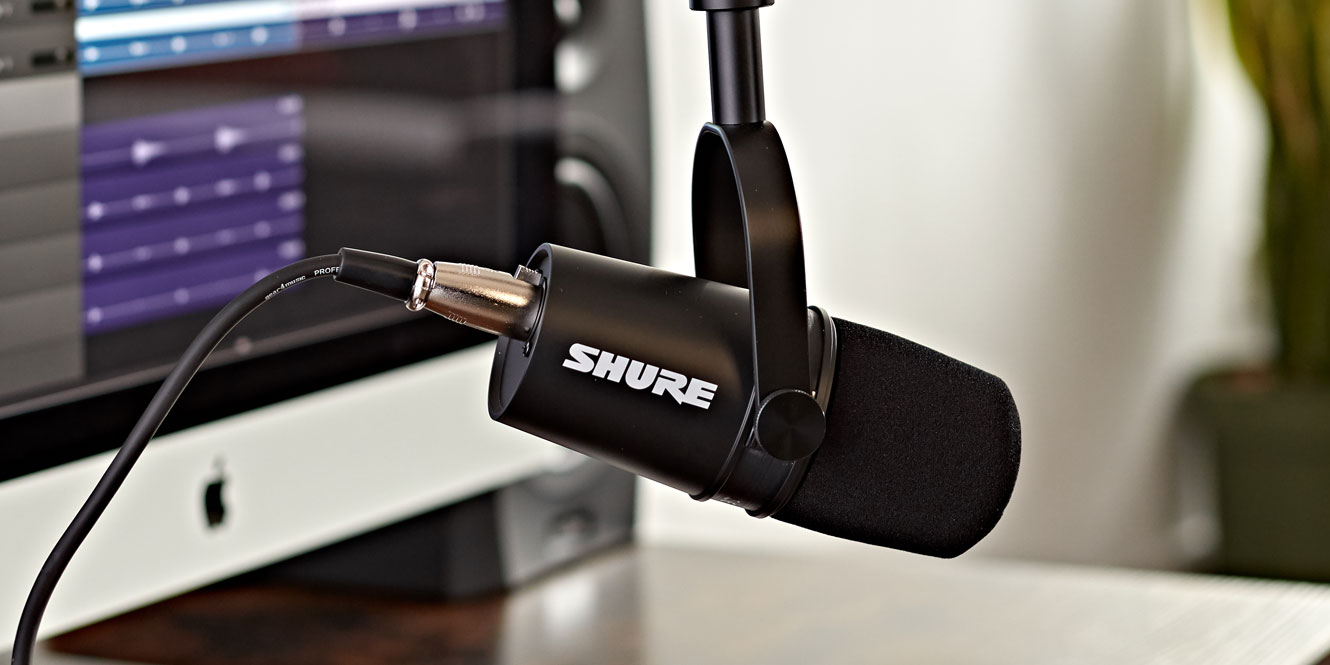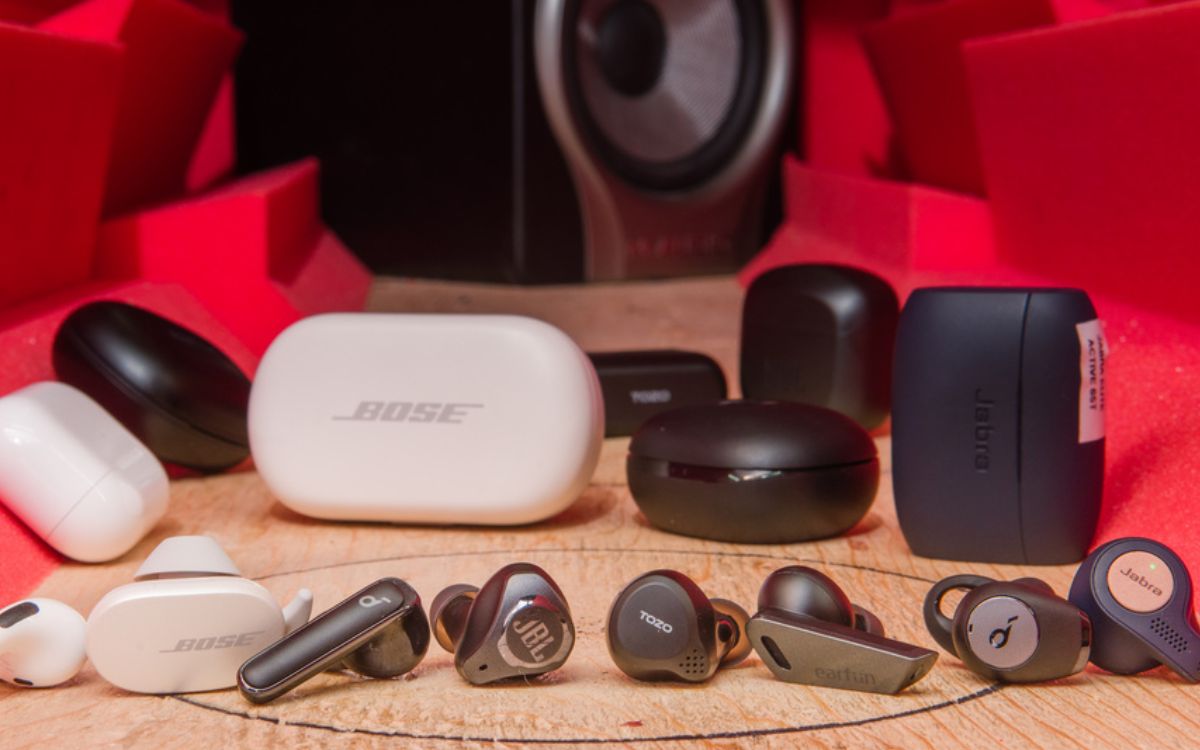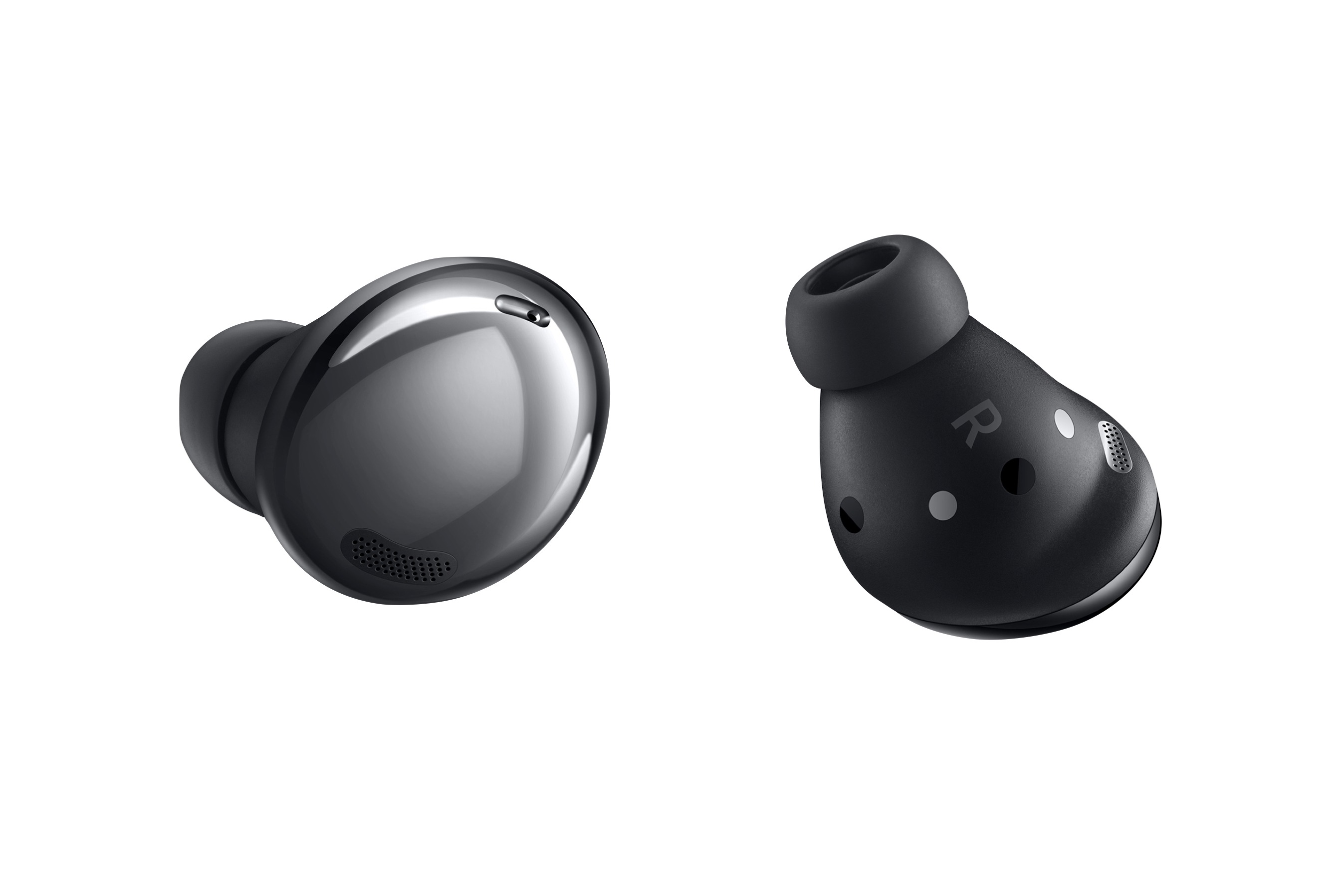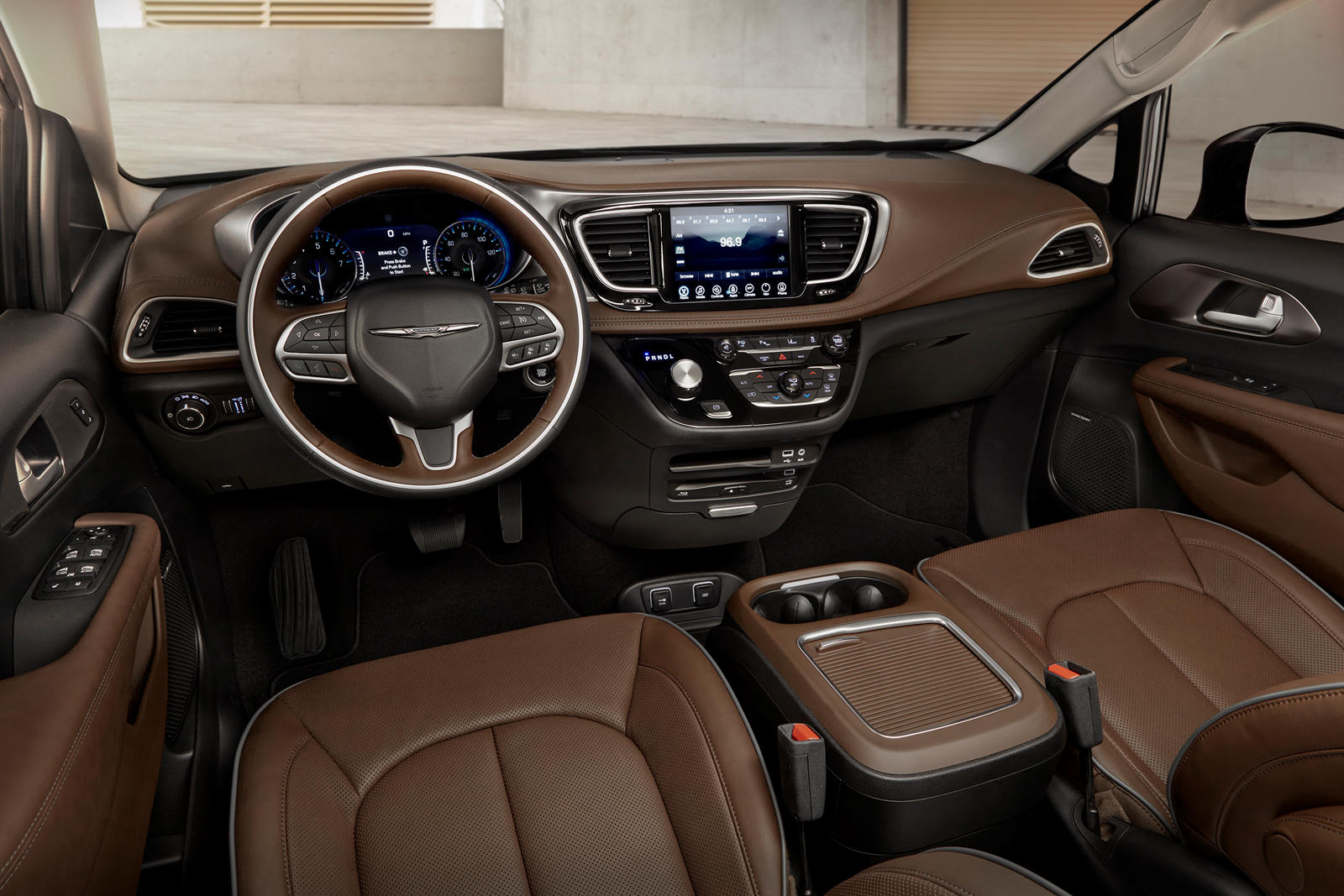Home>Devices & Equipment>Microphone>What Is Noise Cancelling Microphone


Microphone
What Is Noise Cancelling Microphone
Published: February 16, 2024
Discover the benefits of a noise cancelling microphone and how it can improve your audio quality. Find out why a quality microphone is essential for clear and professional sound. Learn more about microphones today!
(Many of the links in this article redirect to a specific reviewed product. Your purchase of these products through affiliate links helps to generate commission for AudioLover.com, at no extra cost. Learn more)
Table of Contents
Introduction
In today's fast-paced and dynamic world, effective communication is essential in various settings, from professional environments to recreational activities. Whether you're engaging in virtual meetings, recording podcasts, or participating in online gaming, the quality of your audio input significantly impacts the overall experience. This is where noise cancelling microphones come into play, revolutionizing the way we capture and transmit sound in noisy environments.
Noise cancelling microphones are designed to minimize or eliminate unwanted background noise, ensuring that the primary audio source is clear and distinct. By leveraging advanced technology and innovative engineering, these microphones offer a superior audio experience, enhancing productivity, entertainment, and overall communication effectiveness.
In this comprehensive guide, we will delve into the intricacies of noise cancelling microphones, exploring their functionality, benefits, types, and essential considerations for selecting the right one to meet your specific needs. Whether you're a professional seeking optimal clarity in virtual meetings or a content creator aiming to deliver top-notch audio quality, understanding the nuances of noise cancelling microphones is paramount. Let's embark on this enlightening journey to unravel the magic behind these remarkable audio devices.
How Does a Noise Cancelling Microphone Work?
Noise cancelling microphones employ sophisticated technology to distinguish between desired audio signals and unwanted background noise, subsequently isolating and minimizing the latter. These microphones utilize a combination of hardware and software components to achieve this remarkable feat.
One of the primary mechanisms employed by noise cancelling microphones is active noise control (ANC). Through ANC, the microphone captures the ambient sound using built-in microphones or sensors. Subsequently, the onboard signal processing unit analyzes the captured sound waves, identifying the characteristics of the ambient noise. Once the unwanted noise is identified, the microphone generates anti-noise signals that are precisely out of phase with the detected noise. When these anti-noise signals are combined with the original audio input, they effectively cancel out the unwanted noise, resulting in a clearer and more focused audio output.
Additionally, some noise cancelling microphones feature multiple microphone arrays to facilitate beamforming, a technique that enables the microphone to focus on capturing sound from a specific direction while suppressing noise from other angles. This directional sensitivity enhances the microphone’s ability to isolate the desired audio source, further improving the overall sound quality.
Furthermore, advanced digital signal processing (DSP) algorithms play a pivotal role in the functionality of noise cancelling microphones. These algorithms continuously analyze the incoming audio signals, applying real-time adjustments to accentuate the desired audio while attenuating background noise. By leveraging adaptive filtering and spectral analysis, DSP algorithms contribute to the seamless operation of noise cancelling microphones, ensuring optimal performance in diverse acoustic environments.
Overall, the intricate interplay of active noise control, microphone array technology, and digital signal processing empowers noise cancelling microphones to discern, counteract, and mitigate unwanted noise, delivering pristine audio reproduction in the midst of challenging auditory conditions.
Benefits of Using a Noise Cancelling Microphone
Employing a noise cancelling microphone offers a myriad of advantages across various applications, enriching the audio experience and elevating communication and content creation to new heights.
- Enhanced Clarity: By effectively reducing ambient noise, noise cancelling microphones ensure that the primary audio source remains prominent and clear, fostering improved intelligibility and comprehension during conversations, recordings, and broadcasts.
- Improved Focus: In professional settings such as virtual meetings and conference calls, noise cancelling microphones enable participants to concentrate on the discussion at hand without being distracted by disruptive background sounds, leading to heightened engagement and productivity.
- Optimized Recording Quality: Content creators, podcasters, and musicians benefit from noise cancelling microphones by capturing pristine audio with minimal interference, resulting in professional-grade recordings and productions.
- Seamless Gaming Experience: Gamers appreciate the immersive and undisturbed audio communication facilitated by noise cancelling microphones, allowing for clear and effective in-game communication without being hindered by external noise.
- Reduced Fatigue: In prolonged usage scenarios, such as extended conference calls or recording sessions, the superior noise reduction capabilities of these microphones contribute to reduced listener fatigue, promoting sustained comfort and attentiveness.
Furthermore, noise cancelling microphones are instrumental in enhancing the accessibility and inclusivity of communication platforms, ensuring that individuals with hearing impairments or sensory sensitivities can participate in conversations and activities with greater ease and confidence.
Overall, the deployment of noise cancelling microphones transcends mere noise reduction, offering a spectrum of tangible benefits that enrich and optimize the auditory experience across diverse domains.
Types of Noise Cancelling Microphones
Noise cancelling microphones are available in various configurations, each tailored to specific use cases and environments. Understanding the different types of noise cancelling microphones is essential for selecting the most suitable option to meet individual needs.
1. Unidirectional Noise Cancelling Microphones: These microphones feature a unidirectional pickup pattern, effectively capturing sound from a specific direction while minimizing noise from other angles. They are ideal for environments where the desired sound source is in front of the microphone and background noise needs to be attenuated.
2. Bidirectional Noise Cancelling Microphones: Bidirectional microphones, also known as figure-8 microphones, exhibit sensitivity to sound from the front and rear while minimizing noise from the sides. They are suitable for scenarios where noise originates from multiple opposing directions, allowing for focused audio capture.
3. Shotgun Noise Cancelling Microphones: Shotgun microphones excel in capturing sound from a distance while suppressing ambient noise, making them valuable for film production, outdoor recording, and broadcast applications. Their elongated and highly directional design enables precise audio capture, even in challenging acoustic environments.
4. Dual-Capacitor Noise Cancelling Microphones: These microphones incorporate dual capacitors to achieve superior noise cancellation, leveraging phase cancellation techniques to mitigate unwanted noise and deliver pristine audio quality. They are commonly utilized in professional recording studios and broadcast settings.
5. USB Noise Cancelling Microphones: USB microphones equipped with noise cancelling features are designed for seamless integration with computers and digital recording devices. They offer plug-and-play convenience and are popular choices for podcasting, gaming, and remote communication, providing enhanced audio clarity in diverse computing environments.
Each type of noise cancelling microphone embodies unique characteristics and advantages, catering to specific audio capture requirements and operational contexts. By discerning the distinctive attributes of these microphone variants, individuals and organizations can make informed decisions when selecting the most suitable noise cancelling microphone for their intended applications.
Considerations When Choosing a Noise Cancelling Microphone
When selecting a noise cancelling microphone, several key considerations should be taken into account to ensure optimal performance and compatibility with the intended usage scenario. These factors encompass technical specifications, environmental conditions, and user preferences, ultimately influencing the suitability of the microphone for a particular application.
- Microphone Type: Assess the specific requirements of the intended usage, such as conferencing, recording, or gaming, to determine the most suitable microphone type, whether unidirectional, bidirectional, shotgun, dual-capacitor, or USB, based on the directional sensitivity and noise suppression capabilities required.
- Noise Reduction Rating (NRR): Evaluate the noise reduction rating of the microphone, expressed in decibels (dB), to gauge its effectiveness in attenuating ambient noise. A higher NRR signifies superior noise cancellation performance, which is crucial for demanding acoustic environments.
- Connectivity and Compatibility: Consider the connectivity options offered by the microphone, such as USB, XLR, or wireless connectivity, to ensure seamless integration with the intended recording or communication devices. Compatibility with various operating systems and platforms is also a pivotal factor, particularly for USB microphones.
- Environmental Adaptability: Assess the microphone’s suitability for the anticipated environmental conditions, including indoor or outdoor usage, temperature and humidity resilience, and resistance to wind and handling noise. This is especially pertinent for field recording, live performances, and outdoor broadcasting applications.
- Additional Features: Explore supplementary features such as adjustable gain controls, headphone monitoring jacks, onboard DSP processing, and customizable sound profiles, which can augment the versatility and functionality of the microphone to align with specific user preferences and operational requirements.
Moreover, user comfort, ergonomics, and aesthetic considerations also play a role in the selection process, particularly for microphones intended for extended usage durations. The physical form factor, mounting options, and accessories provided with the microphone contribute to its overall usability and convenience in diverse settings.
By carefully evaluating these considerations and aligning them with the intended use case, individuals and organizations can make informed decisions when procuring noise cancelling microphones, ensuring optimal audio performance and user satisfaction across a spectrum of applications.
Conclusion
Noise cancelling microphones stand as indispensable tools in modern audio communication and content creation, offering a transformative solution to the perennial challenge of unwanted background noise. By harnessing cutting-edge technology and innovative design, these microphones empower users to capture and transmit pristine audio in diverse environments, fostering enhanced clarity, focus, and immersion across a multitude of applications.
As we’ve explored the inner workings of noise cancelling microphones, their diverse types, and the essential considerations for selecting the right one, it becomes evident that these devices represent a convergence of engineering prowess and user-centric functionality. From unidirectional microphones tailored for professional conferencing to USB microphones catering to remote communication needs, the versatility and efficacy of noise cancelling microphones continue to redefine the standards of audio excellence.
Whether facilitating seamless virtual meetings, elevating the production quality of podcasts and music recordings, or enhancing the immersive experience of online gaming, noise cancelling microphones play a pivotal role in shaping the auditory landscape of our digital interactions. Moreover, the inclusive nature of these devices, accommodating individuals with sensory sensitivities and hearing impairments, underscores their profound impact on accessibility and inclusivity in communication platforms.
As technology continues to advance and user expectations evolve, the realm of noise cancelling microphones is poised for further innovation, promising even greater precision, adaptability, and user-centric features. By embracing these advancements and leveraging the myriad benefits offered by noise cancelling microphones, individuals and organizations can elevate their audio experiences to unprecedented levels, transcending the constraints of ambient noise and embracing the pure essence of sound.
In essence, noise cancelling microphones epitomize the fusion of technological ingenuity and human-centric design, enabling us to communicate, create, and connect with unparalleled clarity and immersion. Embracing the capabilities of these remarkable devices heralds a new era of sonic excellence, enriching our auditory endeavors and amplifying the impact of our voices in the digital realm.











